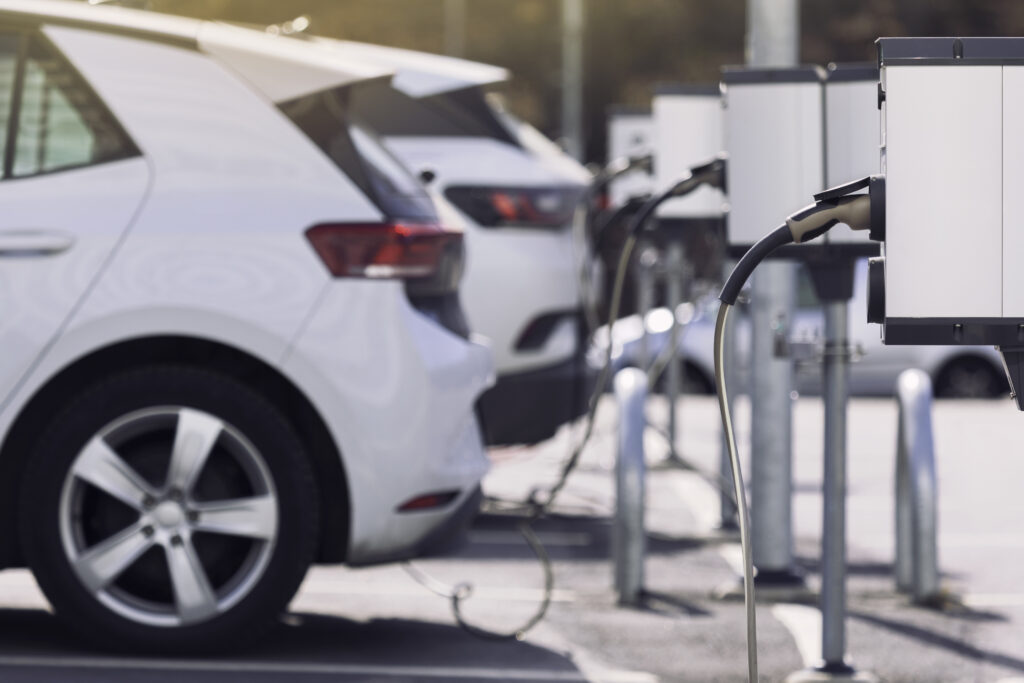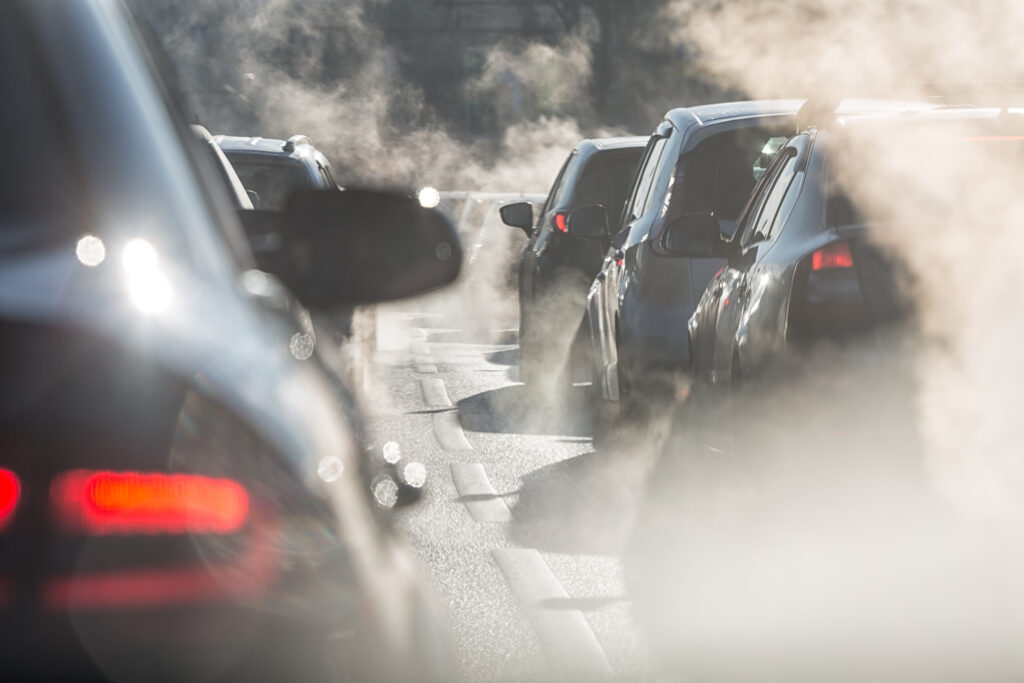So many things have changed since the pandemic, the list of things that weren’t affected might be shorter. Some of those changes were already in motion. The pandemic just pulled them forward. A clear example of this is online shopping. People have been buying things online for a long time, but when many retail establishments closed down, they also made it easier to make purchases from home. Changes like this aren’t likely to go away. So what else is probably sticking around? Our latest report dives into the rise of on-demand services. Here are a few takeaways.
More People Are Going Online For Bigger Purchases
There’s buying a pair of shoes online, and then there’s buying a vehicle online. You might want to try on a pair of shoes in person, but if you know your size, you can just return an online purchase. What about a car? Well, as it turns out, the same can be said for vehicles. Nearly 30% of new car purchases in the U.S. were made online in 2020, which tripled the amount from the previous year.
There were a few external factors that probably went into those purchases, right? More people were giving up public transit and opting for vehicles, but they didn’t necessarily want to shop in person. By completing the process online, they had a better shopping experience. Buying a car in-person involves a lot of time spent searching, haggling and filling out paperwork. Moving the same process online helped buyers find the car they wanted easily, determine a final price, and complete the purchase without the major pain points.
According to the report, a digital experience in the car buying process can shorten transaction times by as much as 75%. That convenience and peace of mind is more than enough to solidify online vehicle purchases as the way of the future.
Requesting Vehicle Maintenance for Your Driveway is Increasingly Popular
As with the car buying process, the vehicle maintenance process changed during the pandemic. Many didn’t drive nearly as much as they had prior to COVID-19, but when it was time for an oil change or the vehicle wouldn’t start, the question arose. How do I go about this safely? Many consumers decided to have maintenance delivered to their own driveway. And with the added convenience, it’s easy to see on-demand service sticking around.
Consumers can save money through on-demand vehicle maintenance, but perhaps the biggest win is the time back in their day. Appointments for car repair include commute time, plus time waiting for the maintenance itself. This is at least an hour and likely more – especially for people that need to coordinate carpooling for drop-offs and pickup. Delivery to your driveway diminishes time you’re required to spend on said maintenance to practically zero.
Insurance is Going Digital
Necessary physical functions in the insurance process are being replaced with more functional esignatures, face recognition and more. These changes are an improvement on quality of the process not likely to go away. How does that apply to on-demand services?
Shopping for auto insurance was never anyone’s idea of fun. Anyone going through the claims process would likely agree it’s even less enjoyable. The pandemic saw large changes to both practices that makes each easier to navigate. Consumers can take advantage of insurance aggregators that offer the most cost-effective insurance rates available without forcing people to contact every insurer. But that’s not necessarily new. New is the tech advances allowing better data collection and more accurately created risk profiles.
Is the Future All Digital? All On-Demand?
A lot has changed in a little over a year, and more is changing each day. The advancements we’ve made in 2020 will likely stay with us for as long as they’re more useful than a newer, better alternative. In the near term, however, we can anticipate a hybrid of these trends. Some people will likely buy their vehicle through an app and test drive it when it arrives, while others may peruse their local dealership before making a purchase. Others may request on-demand vehicle maintenance with the understanding that a serious repair will require a visit to an auto shop. But on-demand services work too well to be dropped so quickly after they’ve proved their value. Interested in reading more? You can find it here.







